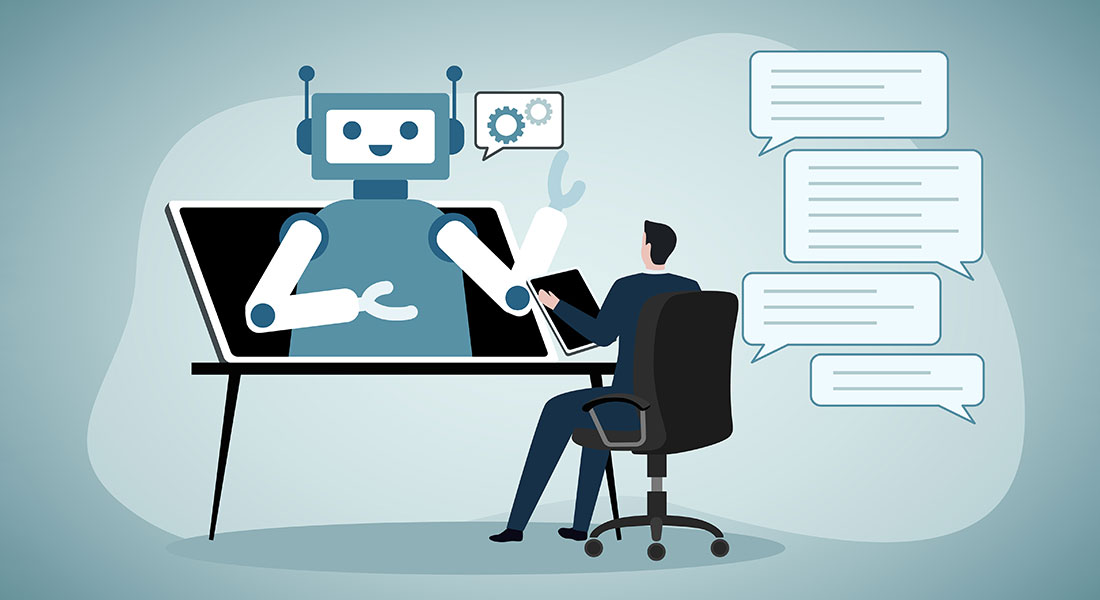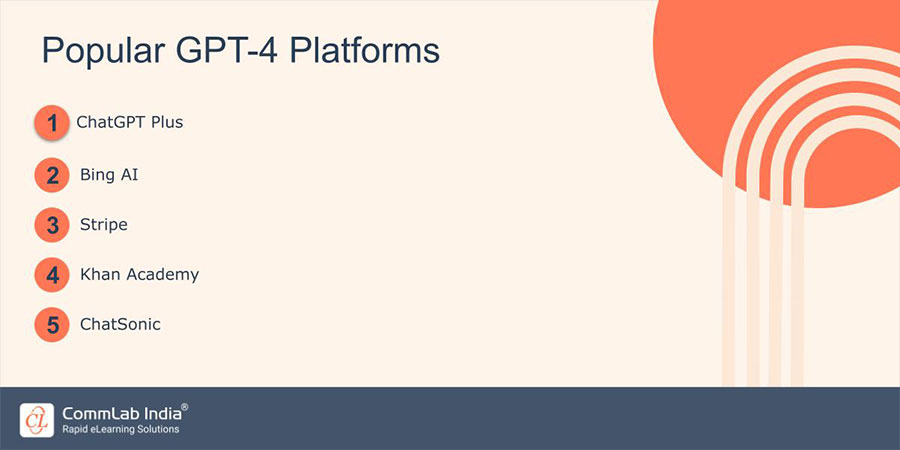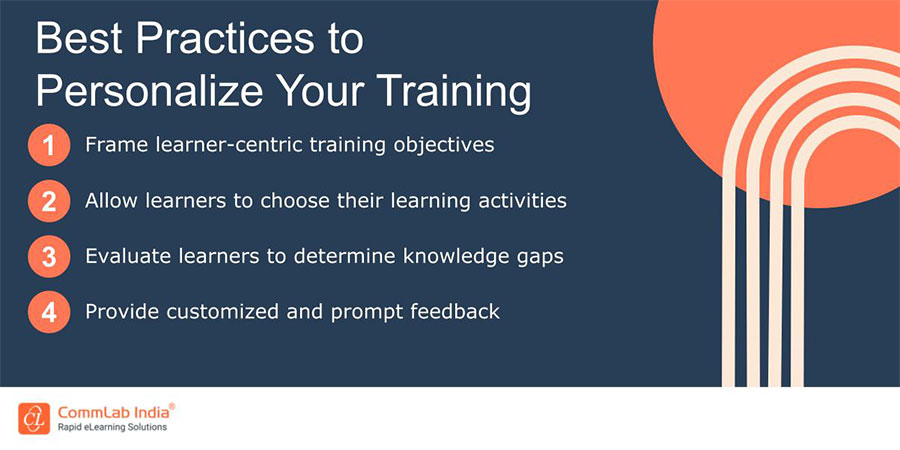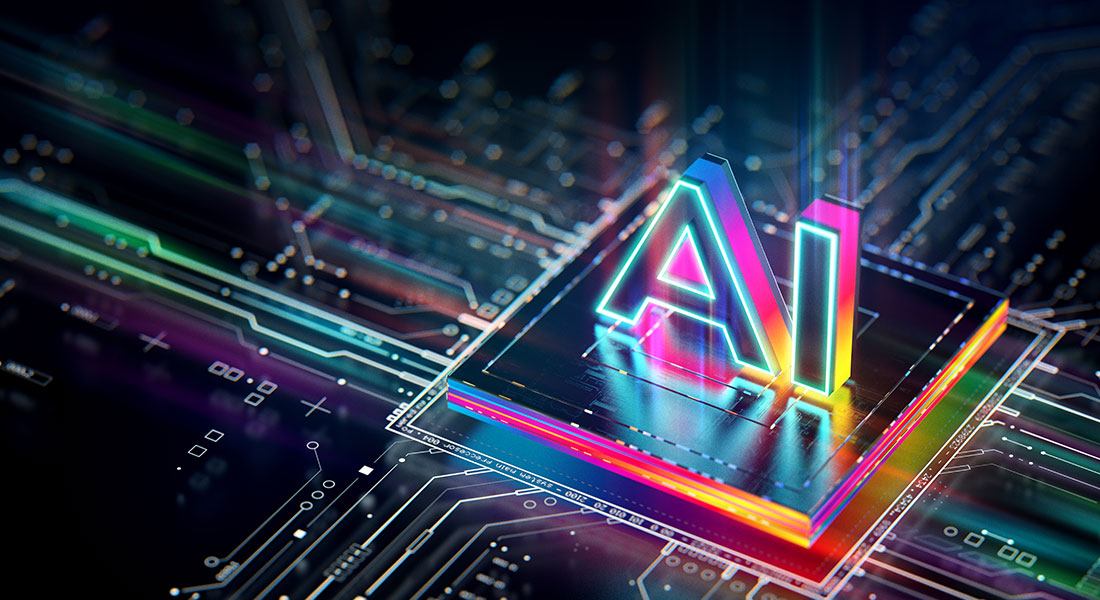ChatGPT and Beyond: The Evolution of AI in Instructional Design

Instructional Design plays a pivotal role in creating effective custom eLearning experiences. It's the process of crafting learning content and strategies to meet the unique needs and preferences of learners. As the world of training continues to evolve, technology has become an essential component of instructional design. One of the most exciting technological advancements in this field is the use of ChatGPT. In this blog, we'll discuss how ChatGPT can be harnessed to enhance instructional design, from personalizing learning experiences to improving engagement and accessibility.
→ Download Now: How To Use ChatGPT — A Guide for Instructional Designers
ChatGPT is a generative artificial intelligence chatbot developed by OpenAI and launched in 2022.
Source: ChatGPT - Wikipedia
The Role of Technology in Instructional Design
The role of technology in instructional design has grown significantly over the years. Technology enables the creation of interactive and dynamic learning materials, making the learning process more engaging and accessible. Custom eLearning platforms, simulations, and multimedia content have become commonplace.
Future-Proofing Training: The Rise of ChatGPT in Instructional Design
ChatGPT is revolutionizing instructional design by delivering tailored, interactive learning experiences. The future of instructional design is being shaped by artificial intelligence, and ChatGPT is at the forefront of this exciting transformation. Explore the future of training with personalized, engaging, and accessible content for learners of all backgrounds.
Furthermore, the integration of artificial intelligence (AI) and natural language processing (NLP) has opened up new possibilities for personalized learning experiences. ChatGPT, powered by advanced AI technology, provides the capability for natural and interactive conversations. It's not just a chatbot; it's a language model that can understand and generate human-like text. ChatGPT has 2 models, GPT 3.5 and GPT-4, and the latter is a paid subscription model that is designed to do various advanced and complex tasks that GPT 3.5 is not capable of. Here are a few popular GPT-4 platforms.

Benefits of Using ChatGPT in Instructional Design
1. Personalization of Learning
Adaptation to Individual Learner Needs: ChatGPT can assess individual learner profiles and adapt the learning materials accordingly. It tailors content to match a learner's pace, level, and learning style, optimizing their learning journey.

Customized Learning Pathways: Through personalized interactions, ChatGPT can suggest specific learning paths, additional eLearning resources, or exercises based on a learner's progress and preferences. This keeps learners engaged and motivated.
Learn how to personalize eLearning with ChatGPT!
2. Enhanced Engagement
Gamification and Interactive Elements: ChatGPT can introduce gamification into the learning process with elements such as quizzes, challenges, and simulations, making learning more engaging and enjoyable.
Natural Language Interaction: ChatGPT's conversational abilities make learning feel more like a natural, one-on-one interaction. Learners can ask questions, seek clarification, and engage in dialogue, making the learning experience less passive and more interactive.
3. Accessibility
- Multilingual Support: ChatGPT's language capabilities extend beyond English, making it accessible to a global audience. Learners can choose their preferred language for instruction.
- Support for Learners with Disabilities: ChatGPT can provide additional support for learners with disabilities, such as those who require text-to-speech or speech-to-text functionality, ensuring that corporate training is inclusive and accessible to all.
Use Cases of ChatGPT in Instructional Design
1. Scenario-based Learning
Scenario-based learning is a powerful instructional method that immerses learners in real-world situations. ChatGPT can create dynamic scenarios and engage learners in problem-solving activities. ChatGPT can generate lifelike scenarios that challenge learners to apply their knowledge and critical thinking skills. These scenarios can simulate workplace situations, scientific experiments, or historical events. As learners navigate these scenarios, ChatGPT can assess their problem-solving skills in real-time. It can offer guidance, provide feedback, and adjust the difficulty of scenarios based on individual performance.
2. Intelligent Tutoring
ChatGPT can act as an intelligent tutor, offering personalized guidance and support to learners. ChatGPT can provide instant feedback on assignments, helping learners understand their mistakes and offering guidance for improvement. It can also answer questions and clarify concepts as needed. ChatGPT can track learners' progress, identifying areas where they may be struggling. This data can be used to recommend additional resources or interventions to keep learners on track.
3. ChatGPT as a Virtual Assistant
In the role of a virtual assistant, ChatGPT becomes a valuable resource for learners. Learners can ask ChatGPT questions related to the course material or learning objectives. It can provide detailed explanations, references to relevant content, and even supplementary resources. ChatGPT can suggest supplementary materials such as articles, videos, or exercises to enhance the custom eLearning experience. It can curate a personalized library of resources based on individual interests and needs.
Best Practices to Leverage ChatGPT for Instructional Design
- Ensure that the conversational interface with ChatGPT is clear and user-friendly. The language used should be concise and easy to understand.
- Aim for a natural and coherent conversation flow. ChatGPT should respond in a way that mimics human interaction, making learners feel more comfortable.
Unlock the secrets to crafting powerful ChatGPT prompts that elevate your instructional design process!
- Consider using a hybrid approach that combines ChatGPT's capabilities with human support when necessary. For complex or sensitive topics, human intervention can be invaluable.
- Continuously monitor and gather feedback from learners to fine-tune ChatGPT's performance. Make improvements based on user input and emerging technologies.
- Keep ChatGPT and the instructional materials it uses up to date. Training content evolves, and regular updates are essential to provide learners with current information.
- Use analytics to measure the impact of ChatGPT on the learning process. Track engagement, knowledge retention, and overall effectiveness to make data-driven decisions for improvements.
Future of ChatGPT in Instructional Design
ChatGPT could expand into supporting multimedia content, including videos, images, and virtual reality, for an even more immersive learning experience. The ability of ChatGPT to create realistic scenarios may develop further, allowing for more advanced simulations and gamification in training content. ChatGPT could become even more adept at personalizing learning paths, adapting to individual preferences and needs with a higher degree of accuracy. AI, including ChatGPT, may play a significant role in designing and refining entire curricula based on the evolving learning landscape.
Wrapping Up!
The integration of ChatGPT in instructional design holds the potential to revolutionize the way we approach training. By personalizing learning experiences, enhancing engagement, and improving accessibility, ChatGPT contributes to more effective and inclusive training. It's important to stay up-to-date with technological advancements in this field, experiment with innovative methods, and keep the focus on creating engaging and effective learning experiences for learners of all ages and backgrounds. To understand more about instructional design strategies, here’s an eBook you should check out.






![ChatGPT: A Game-Changer in Instructional Design? [Infographic]](https://blog.commlabindia.com/hubfs/blogs/instructional-design-chatgpt-influence-infographic.jpg)